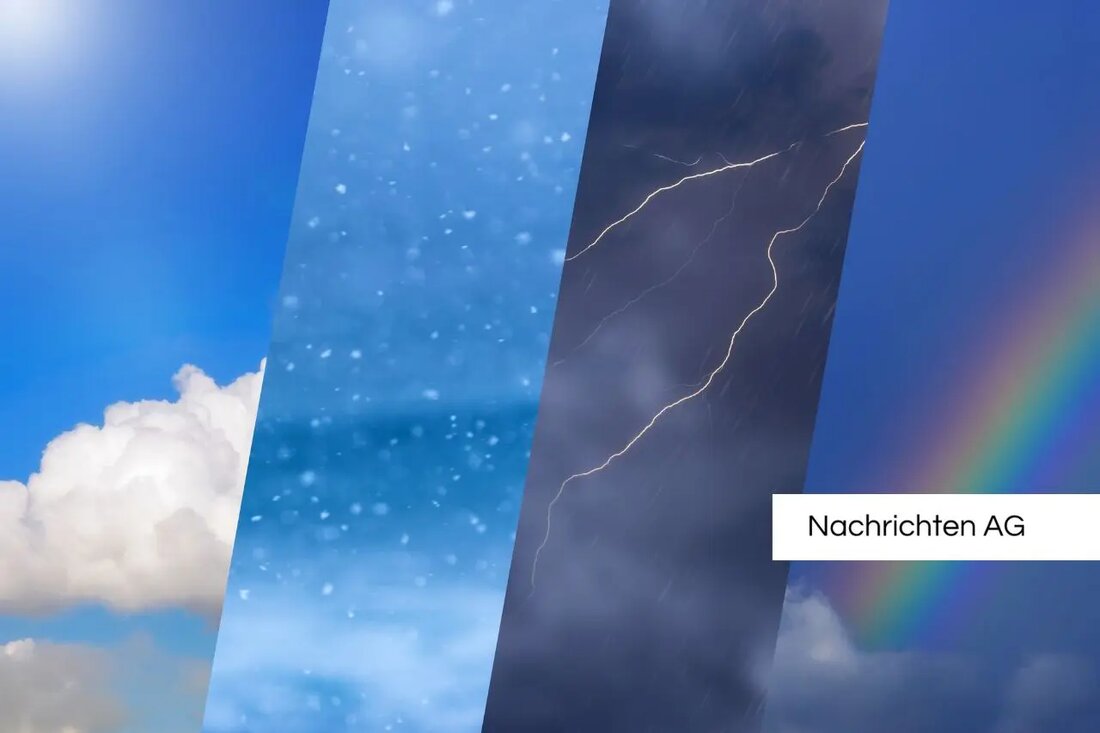Rhine in April: Low water alarmed shipping and industry!
Rhine in April: Low water alarmed shipping and industry!
The Rhine reached an alarming level in April 2025, which is unusually low for this season. At the beginning of the month, a water level of only 88 centimeters was measured in Worms, with the forecast that it could even drop to 50 centimeters in the following days. This is particularly worrying because the levels in spring should normally be raised by the snow melt and precipitation. According to the graduate meteorologist Dominik Jung, no significant rain is expected in the coming days, which could further tighten the situation. hna reports that ... .
The consequences of this early low water are serious. The Rhine is a crucial waterway for the transport of raw materials, chemicals, construction site materials and food. If the water level is too low, cargo ships cannot be fully loaded or their journeys must set completely. This would particularly affect the industrial centers in the south and west of Germany, which are dependent on supplies from seaports. Experts warn that shipping could lead to production bottlenecks, problems in the supply chains and increasing prices. Tagesschau describes the dangers through ... .
economic and ecological implications
The problems caused by the low water level are also not only economic in nature. According to Peters Greve, a climate scientist, the low levels are a symbol for the drought years and the progressive climate crisis. Lower average snowfall in winter leads to a reduced amount of drainage in summer, which could exacerbate the situation. The forecast for the future is not very encouraging; Experts warn that such low water layers could occur more frequently in the coming years. 80% of freight transport in inland navigation is already done via the Rhine. The water level is currently 96 centimeters, which reduces the utilization of cargo ships to only 40%. Some ships are only allowed to transport 2,000 tons instead of the usual 5,000 tons.
In addition, the low water leads to problems in the oxygen balance of the water and increased water temperatures, which endangers the water quality. Sewage treatment plants have difficulty dealing with wastewater disposal because there is less water for dilution. In addition, freight traffic is increasingly shifted from the street from environmentally friendly inland navigation, which brings additional environmentally harmful effects.
Future -oriented solutions
The challenges urgently require new solutions. Karsten Rinke, a researcher at the Helmholtz Center, warns that measures to deepen the driver, similar to the Elbe, could have serious environmental impacts. The Federal Transport Infrastructure Plan 2030 intends to strengthen shipping traffic, but critics like Eckhard Genßmann from the federal government raise objections because they question the ecological consequences of such measures. Rinke suggests clearing areas and expanding urban spaces in order to promote the seepl of water and benefit the rivers. Hungerstone in the Rhine are another admonishing sign of the need for new economic and ecological solutions.
| Details | |
|---|---|
| Quellen | |


Kommentare (0)